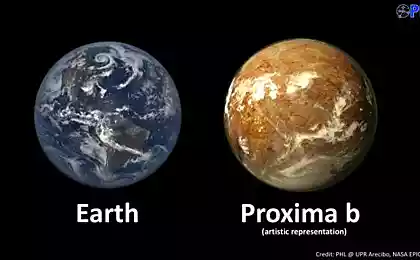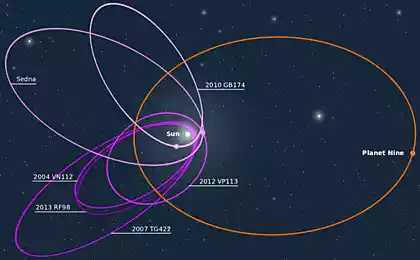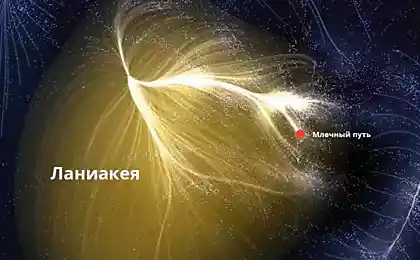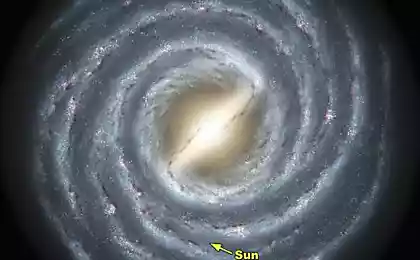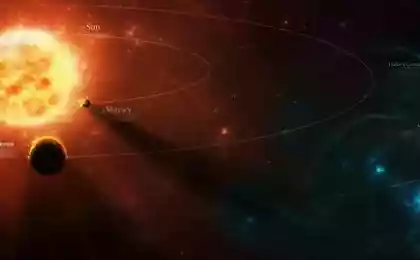478
In the neighborhood of our Solar system hide two earth-like planets
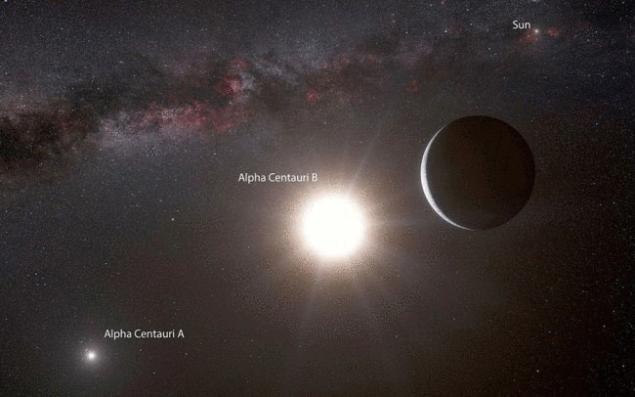
Astronomers have discovered two earth-like planets orbiting stars in the alpha Centauri system, closest to the Sun of a star system. Presumably, they are too hot to support life the surface temperature is about 1500 degrees Celsius. However, researchers believe that these planets are part of a larger system with a water worlds like Earth. We shared a mere 4.3 light-years, the newspaper Daily Mail with a link to the popular science magazine New Scientist.
The first planet, dubbed Alpha Centauri Bb, was discovered in 2012, but then the scientists did not give it much importance, mistaking the discovery for the false alarm. The research team at the University of Cambridge decided to find proof of the existence of this planet.
If you ask experts, they will Express different opinions regarding the existence of Alpha Centauri Bb, said Brice-Olivier Demory from the University of Cambridge.
Initially, the discovery was made by measuring tiny oscillations of the star Alpha Centauri B, caused by the gravitational forces of the planet, near. A recent study has combined existing data with the method of search for exoplanets by the drop of the luminosity of the star during the passage of planet in front of its disk. The researchers observed Alpha Centauri B in the period from 2013 to 2014 as a whole 40 hours.
In 2013 was seen such "Eclipse". It even lasted longer than expected. However, in 2014 the signals are completely gone. The researchers say that this does not mean that this planet does not exist, just it is difficult to observe from Earth.
The signals obtained in 2013 showed that in the investigated stellar system there is another earth-like planet where a year lasts approximately 20.4 days. This discovery gives a chance that this system may have favorable conditions to sustain life.
This is not the first case when scientists are trying to prove the existence of the planet, which was taken as "noise". Last month, astronomers announced that the mysterious signals that were originally interpreted as stellar flare, ended up with earth-like planets. It is a rocky planet Gliese 581d twice the size of Earth. published
Source: hi-news.ru
Touching to the core story of the rescue of a baby elephant in the Indian district Chatra
Nanoparticles 50 percent accelerate wound healing
